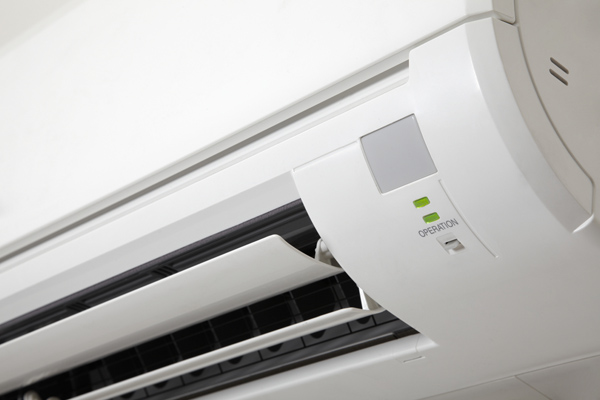
Condensation occurs when vapor is converted to liquid. Air condenses into water droplets on a cold surface when hot air comes in contact with it. An example you might recognize is when you go out with a cold can of soda on a hot day. The droplets you see on the can are formed as the humid air is cooled beyond its dew point.
Mini-splits are a great cooling solution that can capture humidity in your home and release it outside. They allow you to have cooler and drier air indoors. In this article, we discuss what you need to know about the ductless condensate pump.
Is Condensate Harmful?
Contents
- 1 Is Condensate Harmful?
- 2 How Do Mini-Splits Remove Condensate?
- 3 What Are The Basic Components Of A Ductless Condensate Pump?
- 4 Types Of Condensate Pumps For Ductless Heat Pumps
- 5 Four Common Ductless Condensate Pump Installation Mistakes
- 6 Does A Professional Need To Install A Condensate Pump For My Ductless System?
- 7 Call PFO Heating & Air Conditioning To Learn More About Ductless HVAC Systems
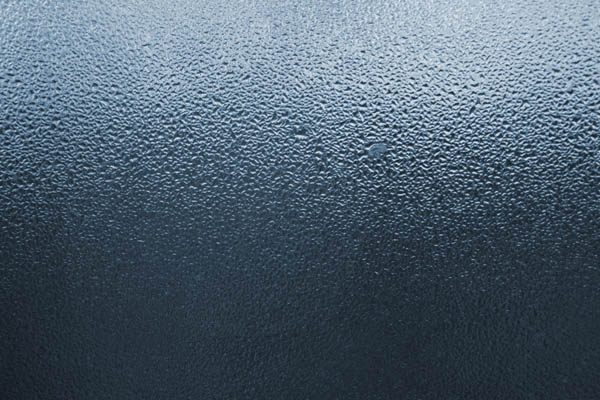
When condensation is not removed correctly it can create a multitude of issues. Water droplets can pool up and cause harm to your walls, floors, and ceilings. They can also result in mold growth which can have a negative effect on your home and your health.
Repairing damages is very expensive. It is best to install the proper system to drain condensation away from the house before any issues occur.
How Do Mini-Splits Remove Condensate?
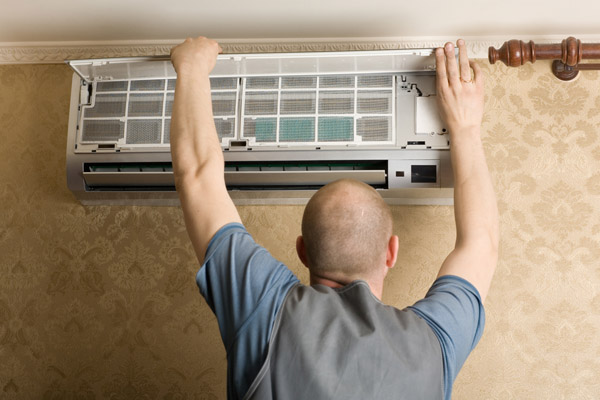
Commonly, mini-splits use a gravity-draining tube to remove condensate. Others need to use pumps. Keep reading to find out some of the ways mini-splits remove condensate:
Pipe Runs
Floor and wall-mounted units do not use condensate pumps. These units utilize gravity to drain any water, and therefore the drain line needs to slope downwards.
Make sure that the drain line is around half an inch higher than it is outside than inside. This will make ensure the line is angled downwards and will be able to remove the moisture properly.
Drain Tubes
Most wall-mounted and floor-mounted units use drain tubes. It is a common way to remove condensation. The tubes use a 5/8″ inner diameter vinyl tubing.
Vinyl drain tubes are very useful, you just need to be careful they don’t get kinked. If they do kink, the water will not drain correctly and it may possibly overflow and harm the indoor air handler. To avoid this, use a braided tube that will not kink as easily.
Pumps
Sometimes the circumstances do not allow for gravity drainage. Instead, a condensate pump is needed. These pumps use 1” or 1 to 1/4″ PVC rather than the usual tubing which lets the pump maintain slope over a horizontal run.
You can connect multiple indoor air handlers to one drain line. If you choose this route, check with a professional technician to see if the line can handle the amount of water all the units will produce.
Ceiling suspended, concealed ducted, and ceiling cassette units often have built-in lift pumps. However, wall-mounted and floor-mounted models tend to be mounted high enough on a wall so they can drain condensate without using a pump. But, a unit installed on the ground level will need a condensate pump to move the water elsewhere.
What Are The Basic Components Of A Ductless Condensate Pump?
The float switch and the reservoir make up a condensate pump. The reservoir is connected to the drain pan where it collects water while your mini-split unit cools.
Once the condensate reaches a specific level, the condensate pump is turned on by the built-in float switch. When the condensate pump isn’t working correctly, the float switch will turn off the indoor air handler which will make sure the condensate does not overflow.
Types Of Condensate Pumps For Ductless Heat Pumps
The main goal of all condensate pumps is to eliminate condensate. There are different types that have different benefits though. Continue reading to learn about the different pumps and to see which one will be best for you and your home.
Standard
The standard style of condensate pumps is compact and discreet. The indoor air handler and reservoir are hidden out of sight. It does not make much noise while operating and it will work well with your other applications.
Low Profile
If you want a condensate pump that is kept out of sight, then consider a low profile one. These are fitted in a way that they are completely out of view. They are slim units and designed to be inconspicuous.
High Suction
High suction condensate pumps are similar to the standard one. The main difference is high suction pumps have more suction power that can move condensate further and higher. These are ideal if the indoor unit is below ground level and water needs to be moved to a higher level before it can be drained. If you want to minimize noise, these pumps can be installed away from your living area.
Surface Mounted
Surface-mounted condensate pumps are installed under the mini-split system. The pump and reservoir are located in a compact box right outside the unit. A surface mounted pump has easy access to repair or clean it. Surface-mounted condensate pumps are a great option if you need to access the reservoir frequently.
Four Common Ductless Condensate Pump Installation Mistakes
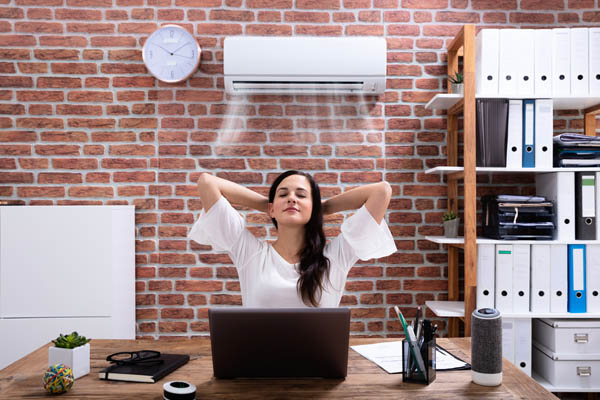
Mini-split condensate pump installation can be challenging without the correct tools, experience, and knowledge. Any errors can result in damage to the equipment and its functionality. Some common errors include:
Pump Omission
Some mini-split systems do not have a condensate pan since the water is drained with gravity. But, in some situations, gravity draining is not possible and a condensate pump is necessary. If you don’t have a condensate pump when you actually need one, you could run into difficulties like the drain pan overflowing.
Pump Selection
Oftentimes, people do not choose the right pump that is compatible with their mini-split system. This can cause issues like high levels of noise and poor performance. It can also make ductless installation and maintenance harder.
An example of this is choosing a large wall-mounted pump that is not designed for mini-splits.
Wiring
Condensate pumps use line-voltage power that is connected with the mini-split unit’s electrical terminal. Each mini-split unit has different pump wiring requirements depending on the system. Therefore, Not one diagram can show all the wiring for each mini-split make and model. Incorrectly wiring a condensate pump is a common error because of this.
Siphoning
The last typical installation error is routing the discharge line that makes a siphon incorrectly. Siphons cause airlock, which can damage the pump, restrict draining, or overflow the pump.
Some condensate pumps come with anti-siphoning devices at no additional cost. Anti-siphoning devices are two-inches long and made of molded plastic fitting to prevent the pump from auto-siphoning. It can be installed horizontally or vertically.
Does A Professional Need To Install A Condensate Pump For My Ductless System?
If you don’t know which condensate pump is right for you, the best option is to get in touch with a professional and licensed ductless installation company. They will be able to assist you in choosing the right installation since they have the proper experience and tools.
Having your system installed professionally is the only way to guarantee that it will work properly and at maximum capacity for a long time. It will also make sure the warranty remains in case any damage occurs.
Check Out One Of Our Ductless Installation Projects
Mitsubishi Ductless Installation Project In Rocky Hill, New Jersey
Call PFO Heating & Air Conditioning To Learn More About Ductless HVAC Systems
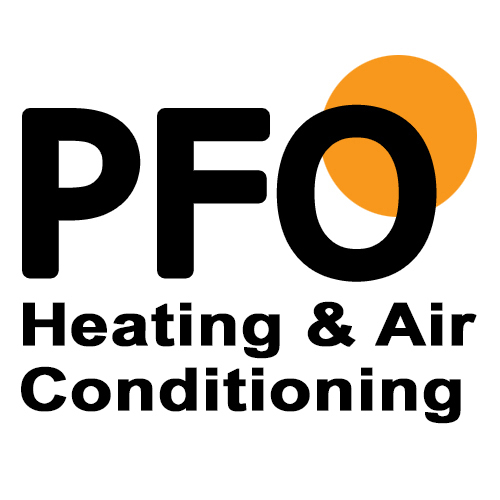 Interested in learning more about ductless HVAC systems? For all your HVAC system needs, call PFO Heating & Air Conditioning today. Our technicians are all NATE-certified, and they have a great deal of experience. They’ll also determine what your home comfort needs are and find the best and most affordable solutions to meet them.
Interested in learning more about ductless HVAC systems? For all your HVAC system needs, call PFO Heating & Air Conditioning today. Our technicians are all NATE-certified, and they have a great deal of experience. They’ll also determine what your home comfort needs are and find the best and most affordable solutions to meet them.
As a full-service HVAC company, PFO Heating & Air Conditioning offers an array of HVAC services. This includes heating and cooling installations, tuneups, repairs, and much more. We offer free, in-home consultations. Call now to schedule an appointment.
Click here to contact us now or call us at (800) 253-9001 to find out more!



